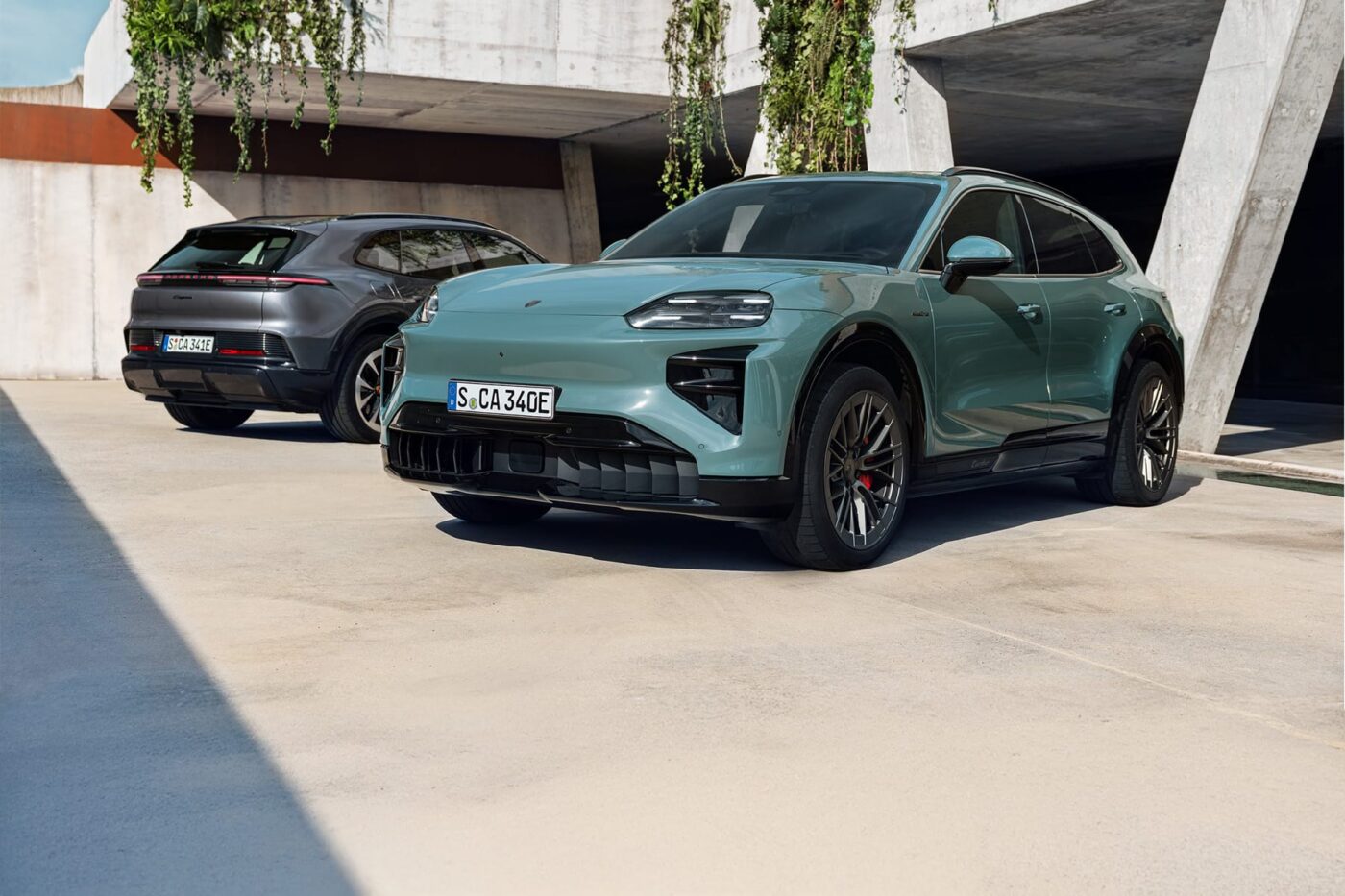
World premiere of the Cayenne Electric: Electric addition instead of all-in
We already reported at the end of September in our technical deep dive on the new model that the electric Cayenne, known internally as E4, will not exactly be underpowered, but Porsche remained tight-lipped about the exact figures at the technology workshop on drive, battery and software.
That has now changed, as the new Cayenne has celebrated its virtual world premiere, and with it, the final specifications have been revealed. There will be two variants at launch, the Cayenne Electric and Cayenne Turbo Electric. The latter briefly delivers 850 kW of power and 1,500 Nm of torque in launch control mode. This allows the electric turbo to catapult itself from 0 to 100 kph in 2.5 seconds, with a top speed of 260 kph. 850 kW corresponds to 1,156 hp in the old world. In normal driving mode, the power output is still 630 kW, which corresponds to 857 hp. By way of comparison: The most powerful Cayenne with a combustion engine on board is the Cayenne Turbo E-Hybrid as a PHEV. It has a specified system output of 544 kW and can accelerate from 0-100 kph in 3.7 seconds in the best-case scenario. This is made possible by a new electric motor on the rear axle with direct oil cooling compared to the Macan – the same motors are used at the front.
There’s no question that no one needs peak outputs of 850 kW or 630 kW in normal driving mode. In the luxury segment, however, it’s not usually about constantly exploiting all capabilities to the full. But you could if you wanted to – because you know you’re sitting in the most powerful Cayenne ever. And in future, it will be electric.
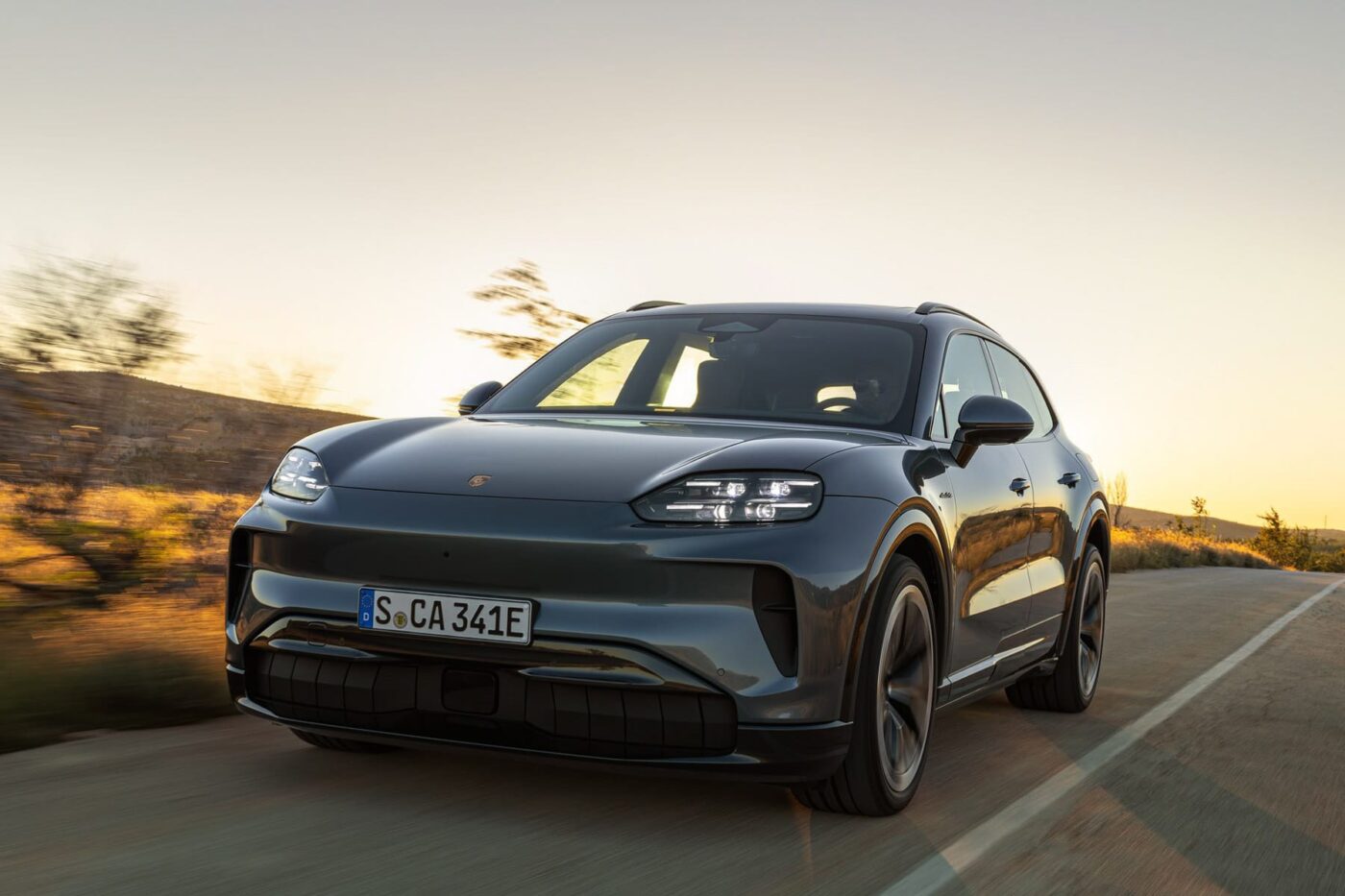

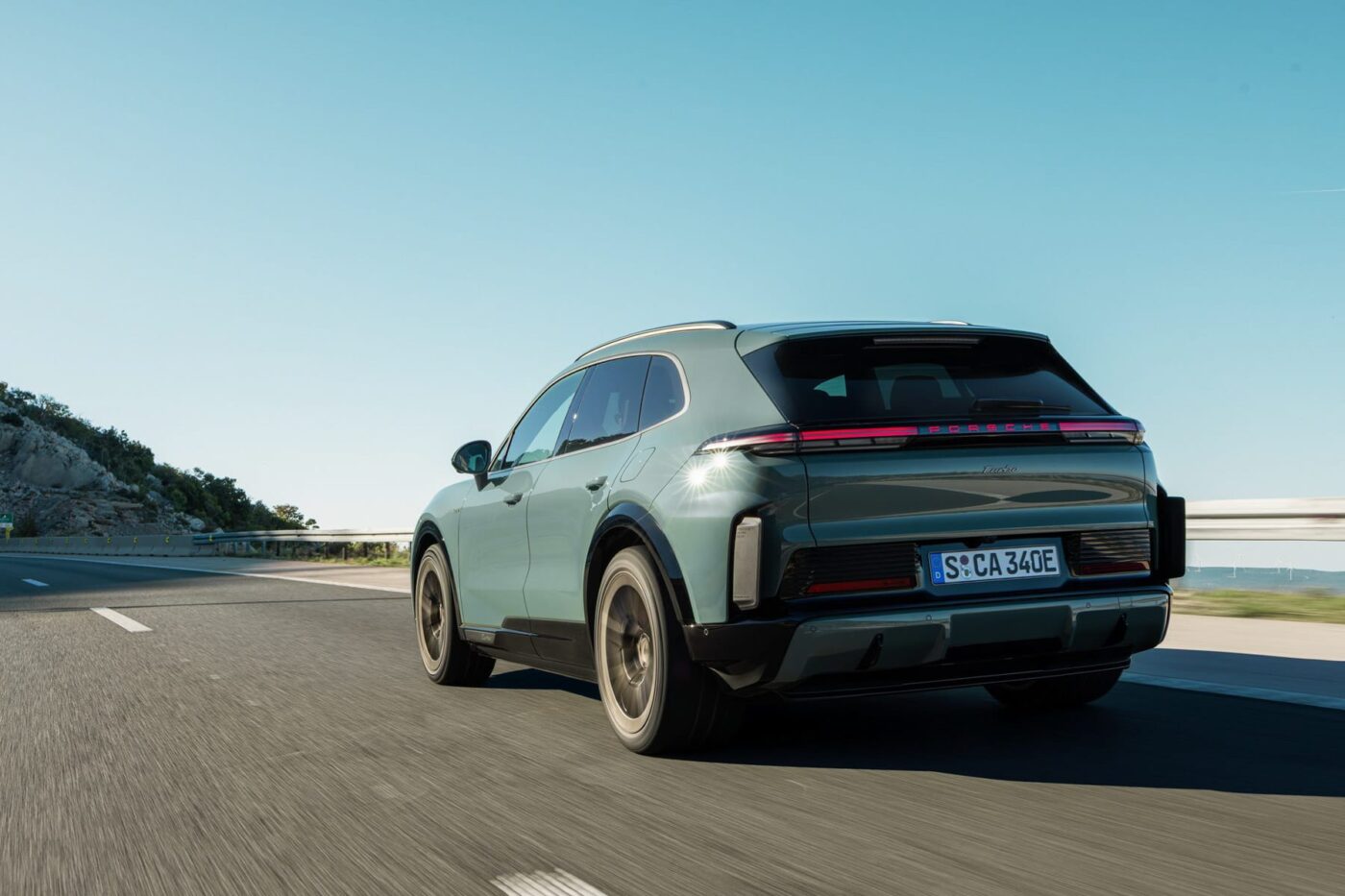
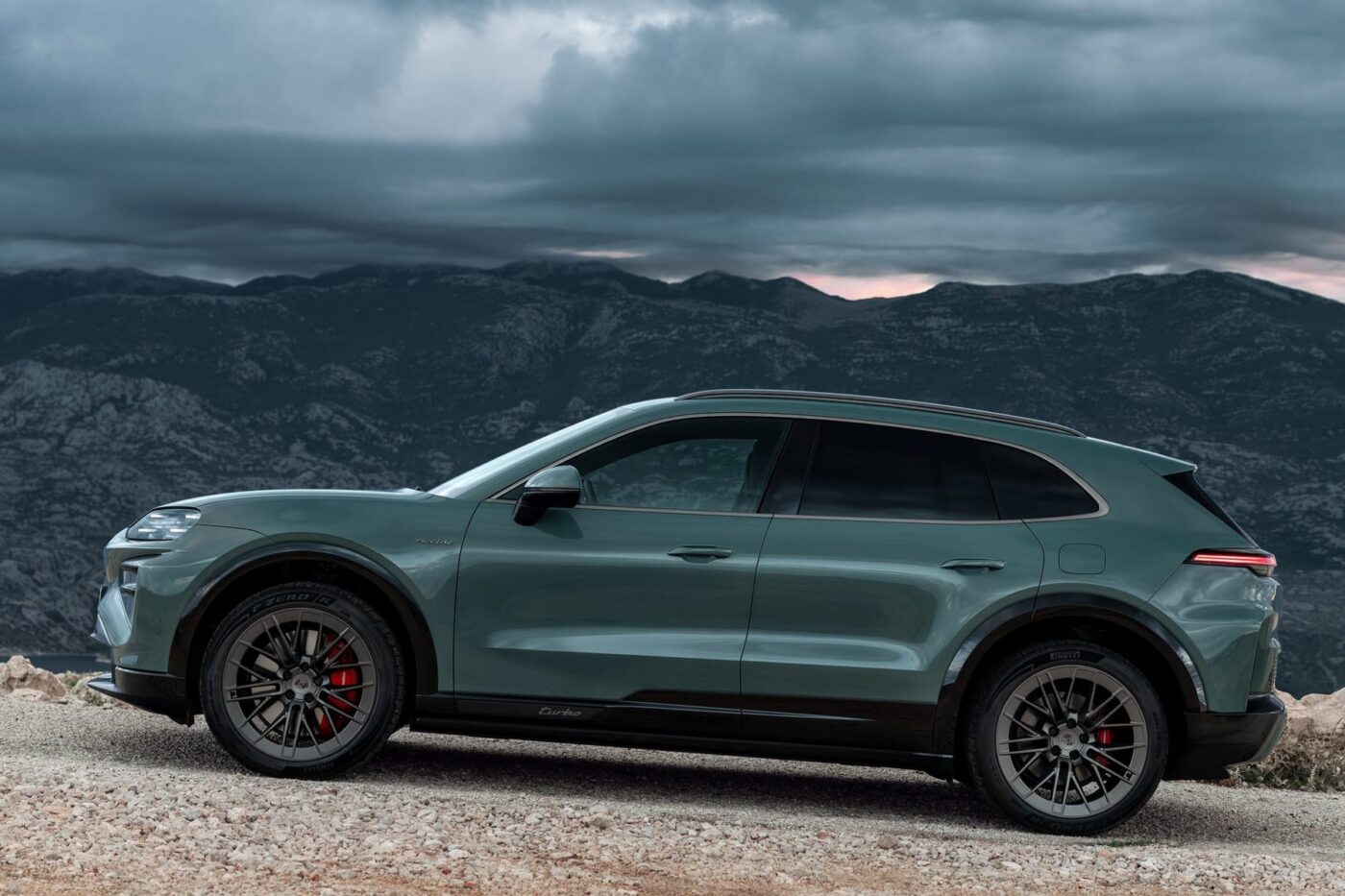



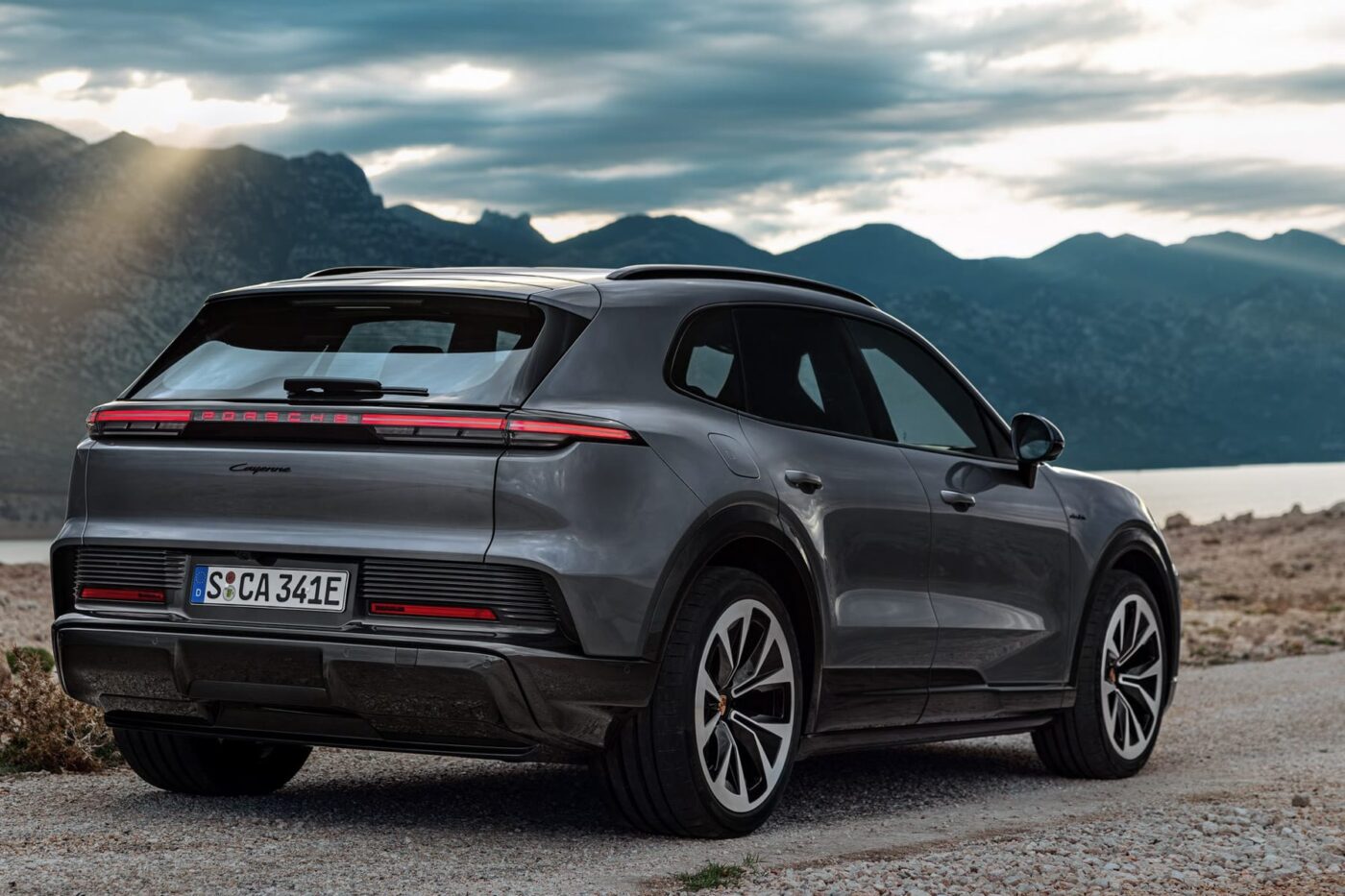
Even the basic electric model, the Cayenne Electric, outperforms the basic combustion engine model: it delivers 300 kW in normal operation and 325 kW with Launch Control, as well as 835 Nm of torque. This means that even the least powerful electric Cayenne can still accelerate from 0 to 100 kph in 4.8 seconds, with a top speed of 230 kph.
As already reported in our Deep Dive, the recuperation power of the Turbo model is 600 kW, on a par with the 99X Electric Formula E racing car. Given this electrical deceleration, it is hardly surprising that, according to Porsche, 97 per cent of all braking manoeuvres to a standstill are to be handled exclusively by the two electric motors. This means that the disc brakes are only needed very rarely. But Porsche wouldn’t be Porsche if the Cayenne Turbo didn’t also offer the Porsche Ceramic Composite Brake (PCCB) as an optional extra.
The Cayenne Electric and the Turbo version differ significantly in terms of their drive systems, namely, in the oil-cooled electric motor on the rear axle. The base model uses the familiar permanently excited synchronous motors from Porsche’s first PPE model, the Macan. However, the battery in the electric Cayenne is always the same: it offers a gross energy content of 113 kWh, of which around 108 kWh are usable net. Porsche has chosen a completely different battery concept from the one used in the Macan: Six individual modules are installed in the Cayenne’s underbody, which are no longer integrated into a common battery pack – the modules are connected individually with a frame. And the modules contain pouch cells instead of prismatic cells – for details on cell chemistry and the special cooling concept with two cooling plates, we refer you again to the technology deep dive.
| Cayenne Electric | Cayenne Turbo Electric | |
|---|---|---|
| Drive | AWD | AWD |
| Power | 325 kW | 850 kW |
| Torque | 835 Nm | 1.500 Nm |
| Acceleration | 4.8 s | 2.5 s |
| Top speed | 230 kph | 260 kph |
| WLTP range | 642 km | 623 km |
| Battery | 113 kWh | 113 kWh |
| Charging DC | 400 kW | 400 kW |
| Charging time DC 10-80% | 16 min | 16 min |
| Price in Germany | 105,200 euros | 165,500 euros |
The official range data has now been released for the world premiere: the Cayenne Electric achieves a combined WLTP range of up to 642 kilometres, while the Cayenne Turbo Electric has a maximum range of 623 kilometres – given the difference in performance, the difference in range is quite small. With the 800-volt system, 325 kilometres (Turbo: 315 km) can be recharged in ten minutes, and the usual standard charging process from ten to 80 per cent is expected to take less than 16 minutes.
Things get interesting again when it comes to maximum charging power: Porsche had previously announced up to 400 kW. This is true, but only under very specific conditions. When charging from ten to 80 per cent, the maximum will be 390 kW. The prerequisite for this is, of course, that the charging station can deliver this power (over 850 volts and over 520 amps), the initial charge level is nine per cent, the remaining range is less than 60 kilometres, and the battery temperature is 15 degrees Celsius. The 400 kW is possible if the charge level at the start is between 45 and 48 per cent and the battery temperature is between 40 and 42 degrees. This is very specific and will probably only rarely be the case. However, charging at a maximum of 390 kW instead of 400 kW will not make much difference – it is still very fast and must first be supported by the charging station.
The 400 kW peak at a charge level of 45 to 48 per cent also shows that Porsche is not really concerned with achieving the highest possible peak power for a short period of time, but rather with achieving the most robust charging behaviour possible: There is no single charging curve that allows a maximum of Y kW of power at a charge level of X. Depending on the condition of the battery, the battery management system decides what power level will achieve the best possible charging behaviour so that the driver only has to stay at the charging station for as long as necessary.
An 11 kW onboard charger is installed for AC charging, but despite the battery capacity of over 100 kWh, a 22 kW option is not currently available. However, the Cayenne debuts another charging option for home use: optional 11 kW inductive charging. In addition to a device on the underbody, the system, called ‘Porsche Wireless Charging’, also consists of a floor plate. The car only needs to be parked on this plate, and the charging process starts automatically.
The focus is also on practicality in other areas: with up to 781 litres of loading volume up to the top edge of the rear seats, the Cayenne Electric has the largest boot in the series to date. With the rear seat backs folded down, the Cayenne can hold up to 1,588 litres, plus the 90 litres of the frunk under the front bonnet. And the towing capacity is up to 3.5 tonnes – this does not depend on the drive system, but on the equipment: the ramp angle changes depending on which rear apron the Cayenne is equipped with. And with a towing capacity of 3.5 tonnes, the authorities specify a certain ramp angle that the sportier variants cannot achieve – in this case, the maximum towing capacity is 3.0 tonnes.
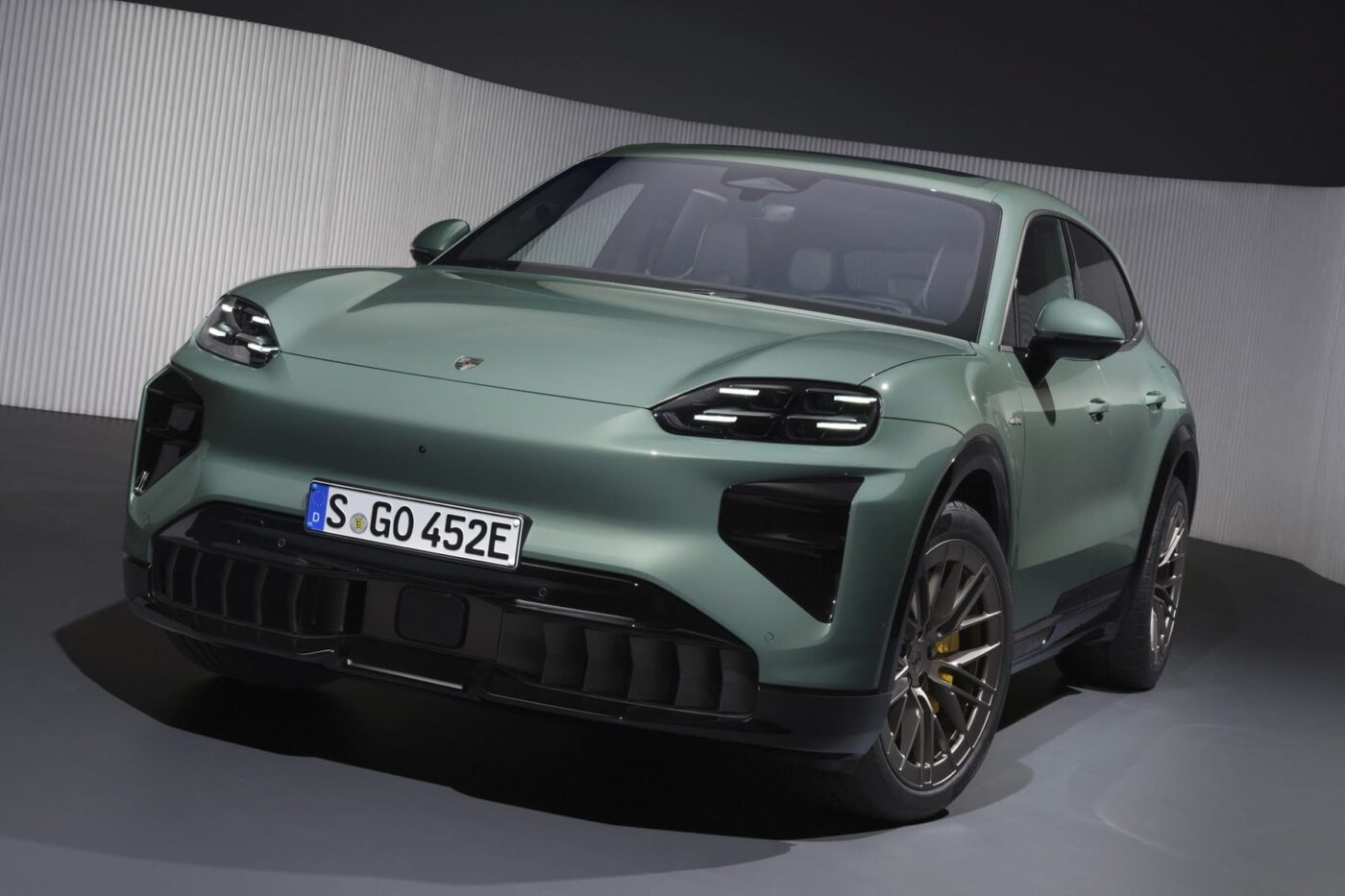

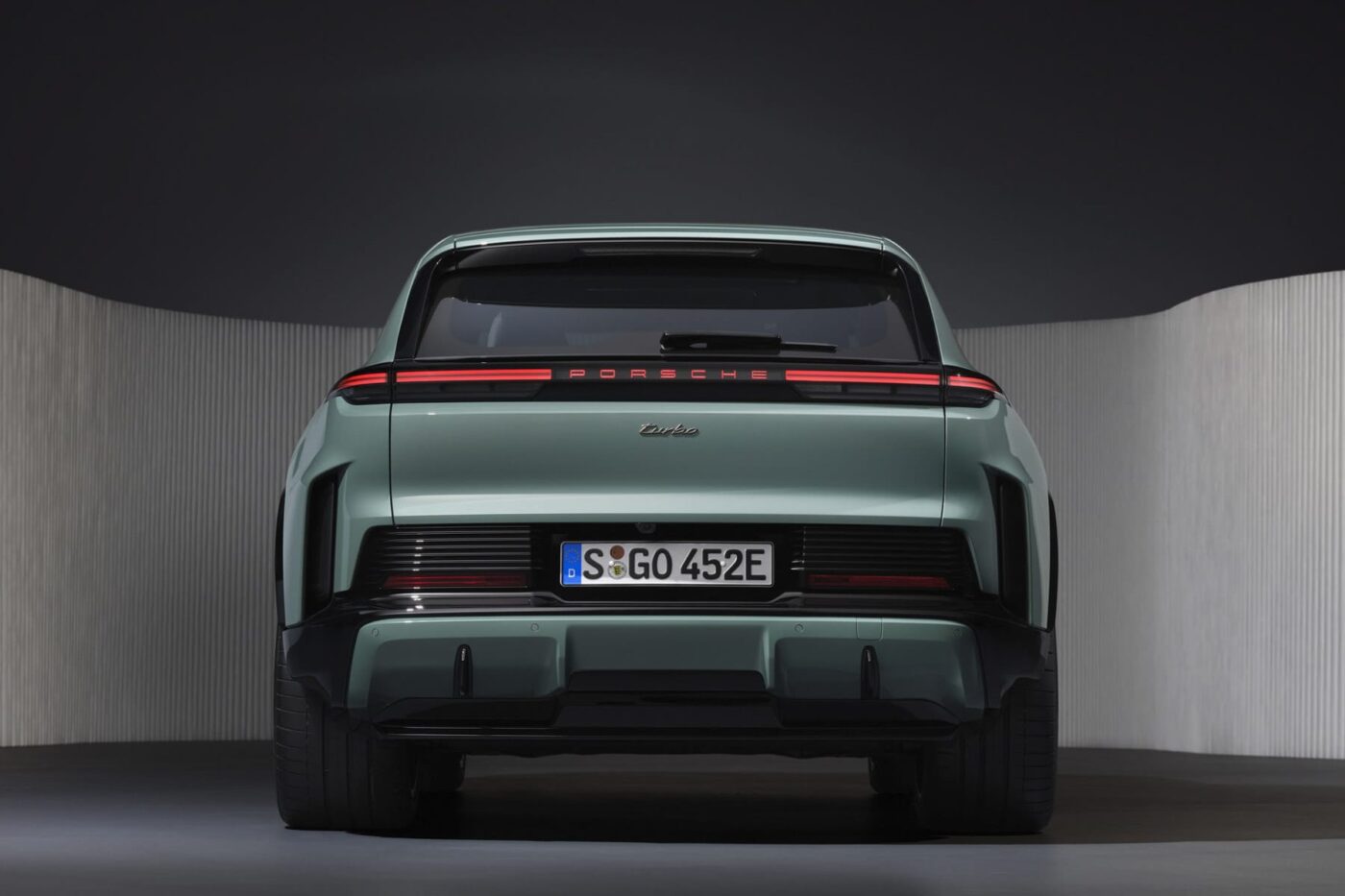
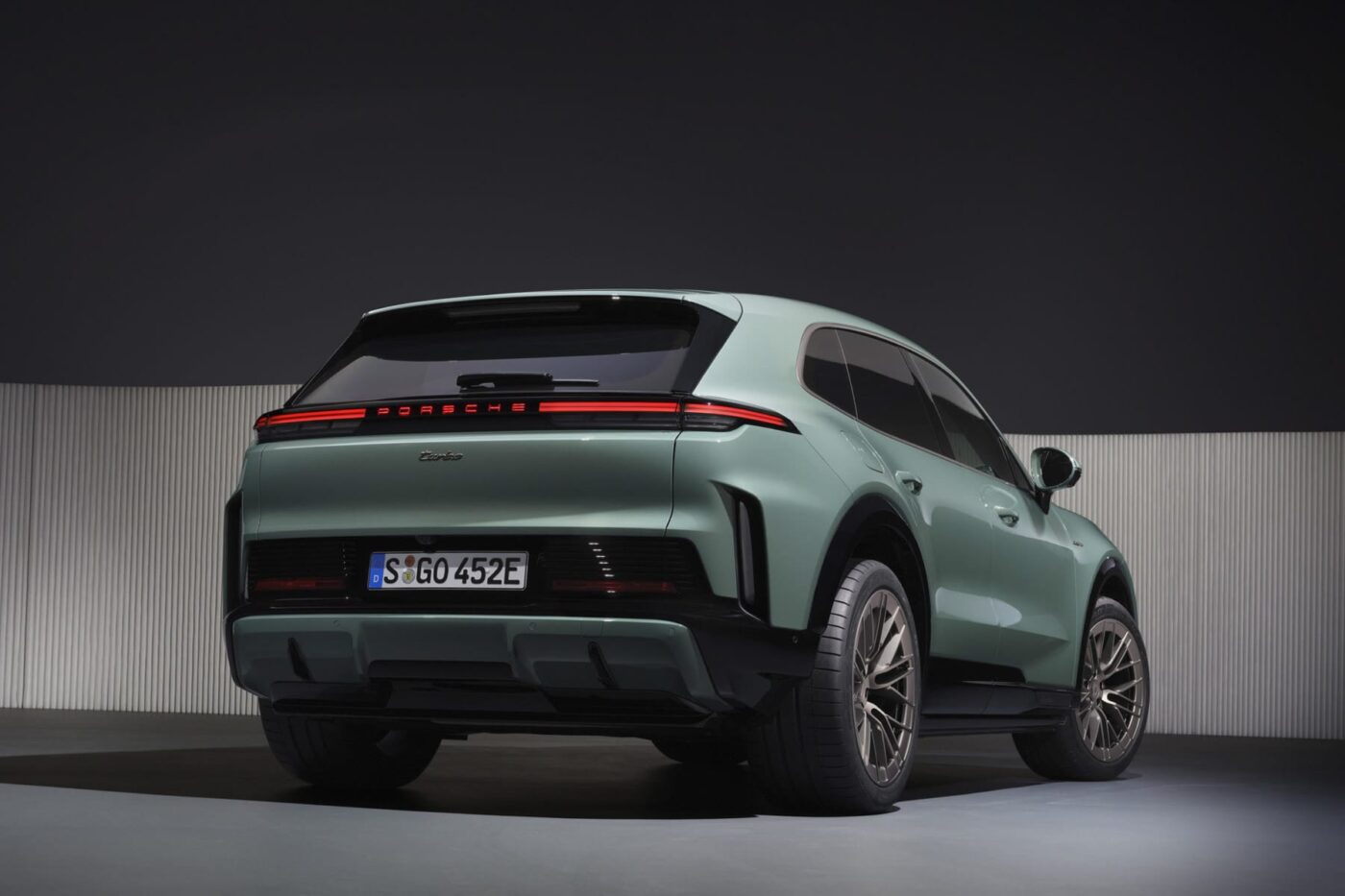
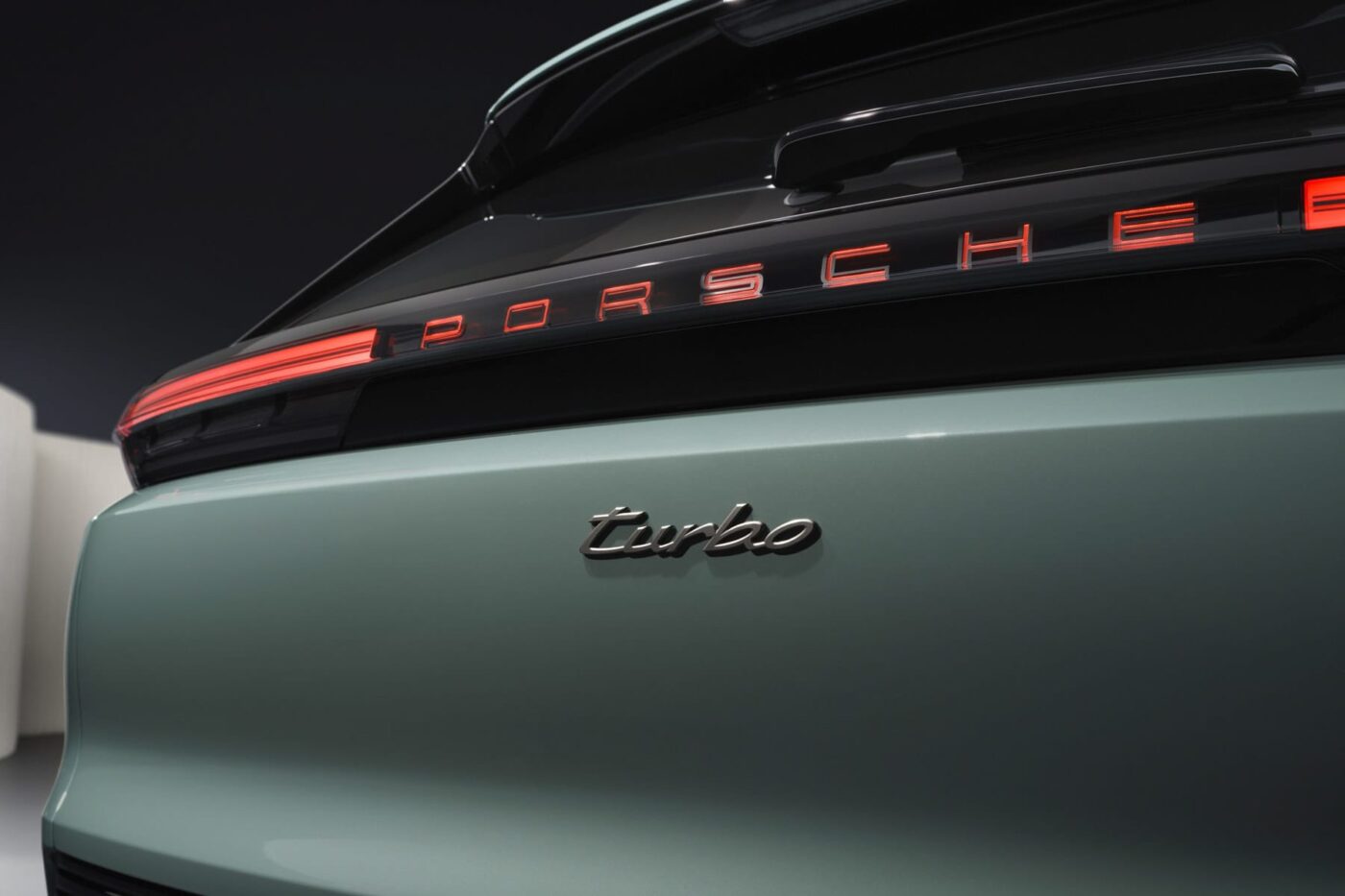


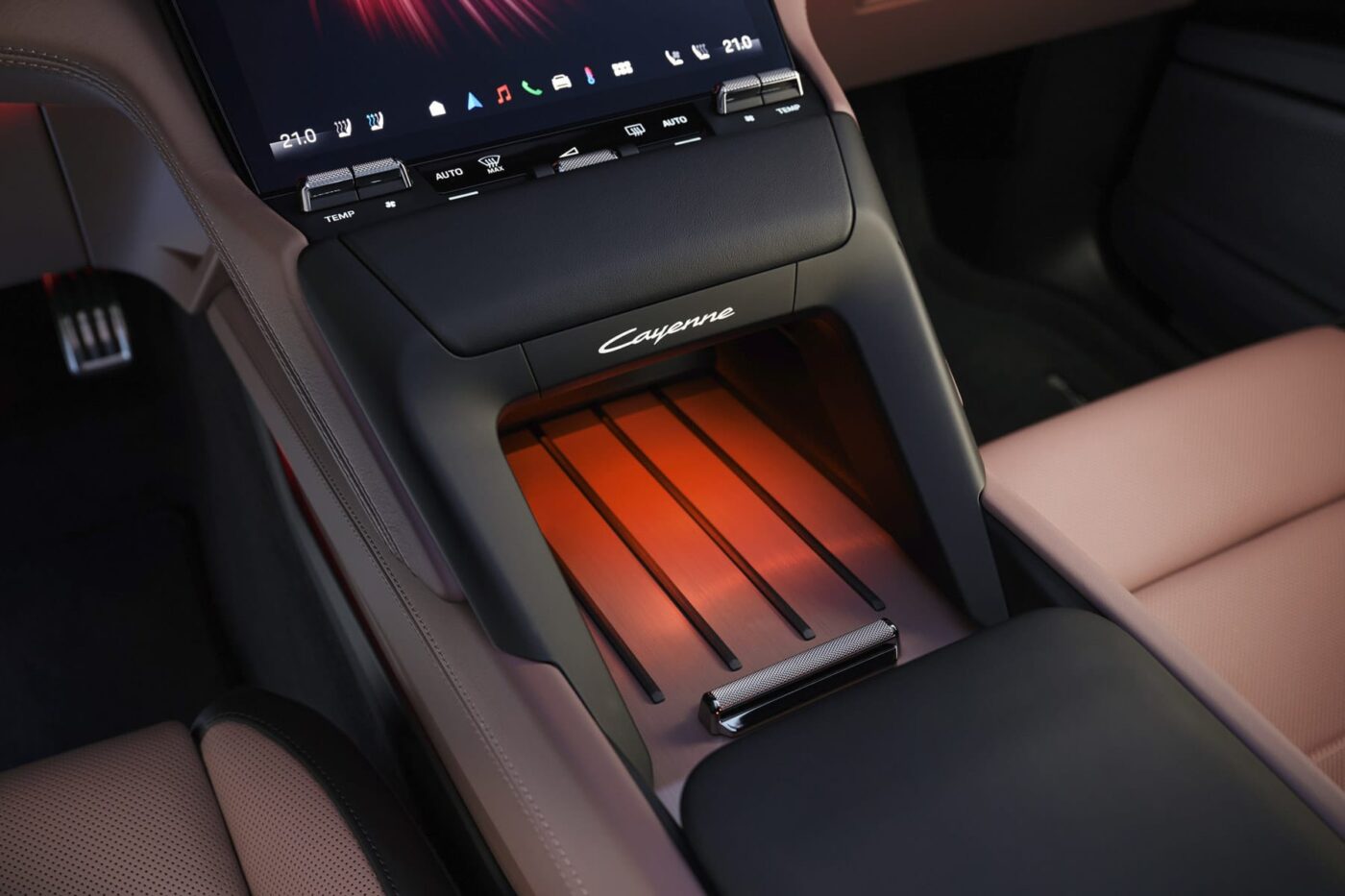

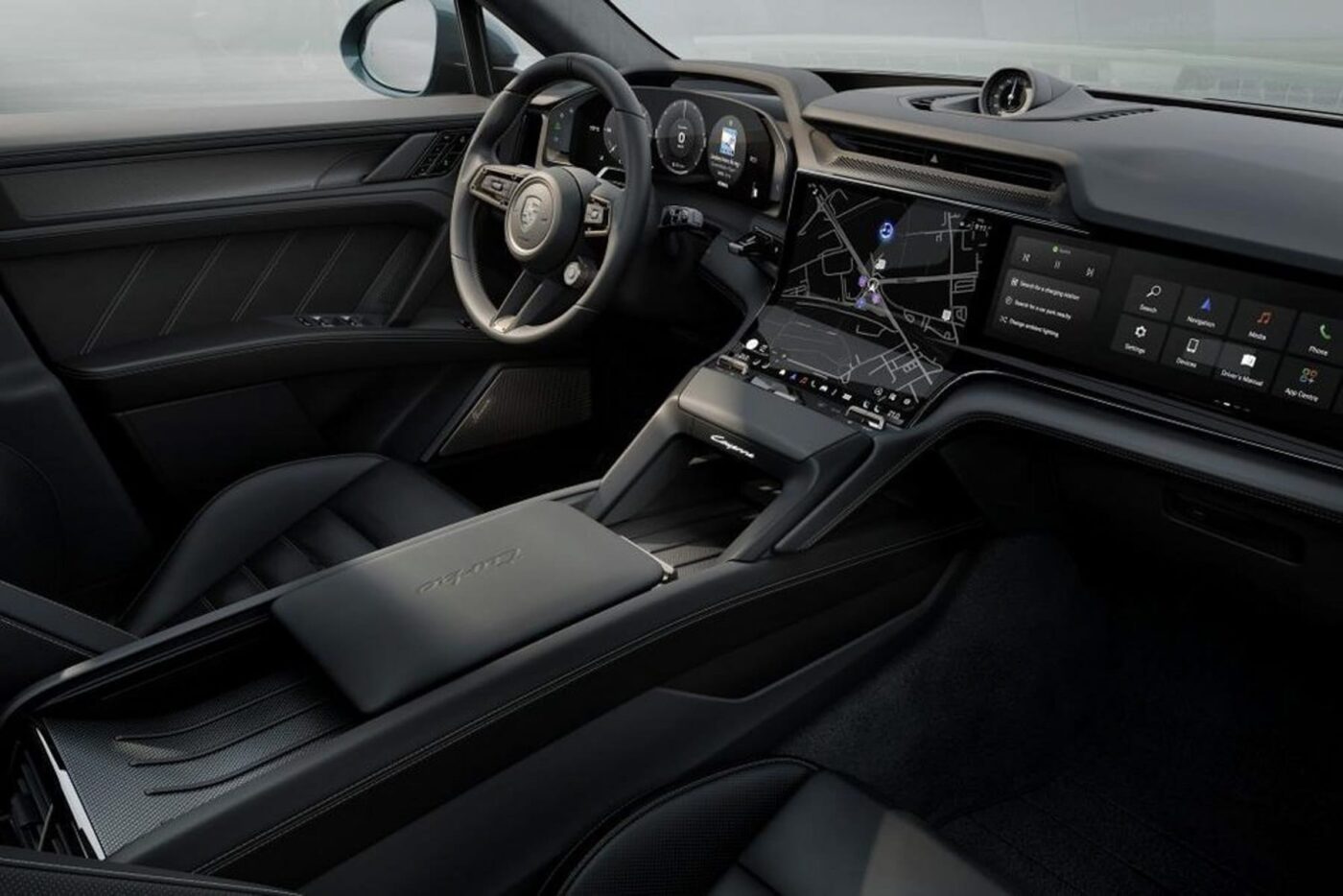
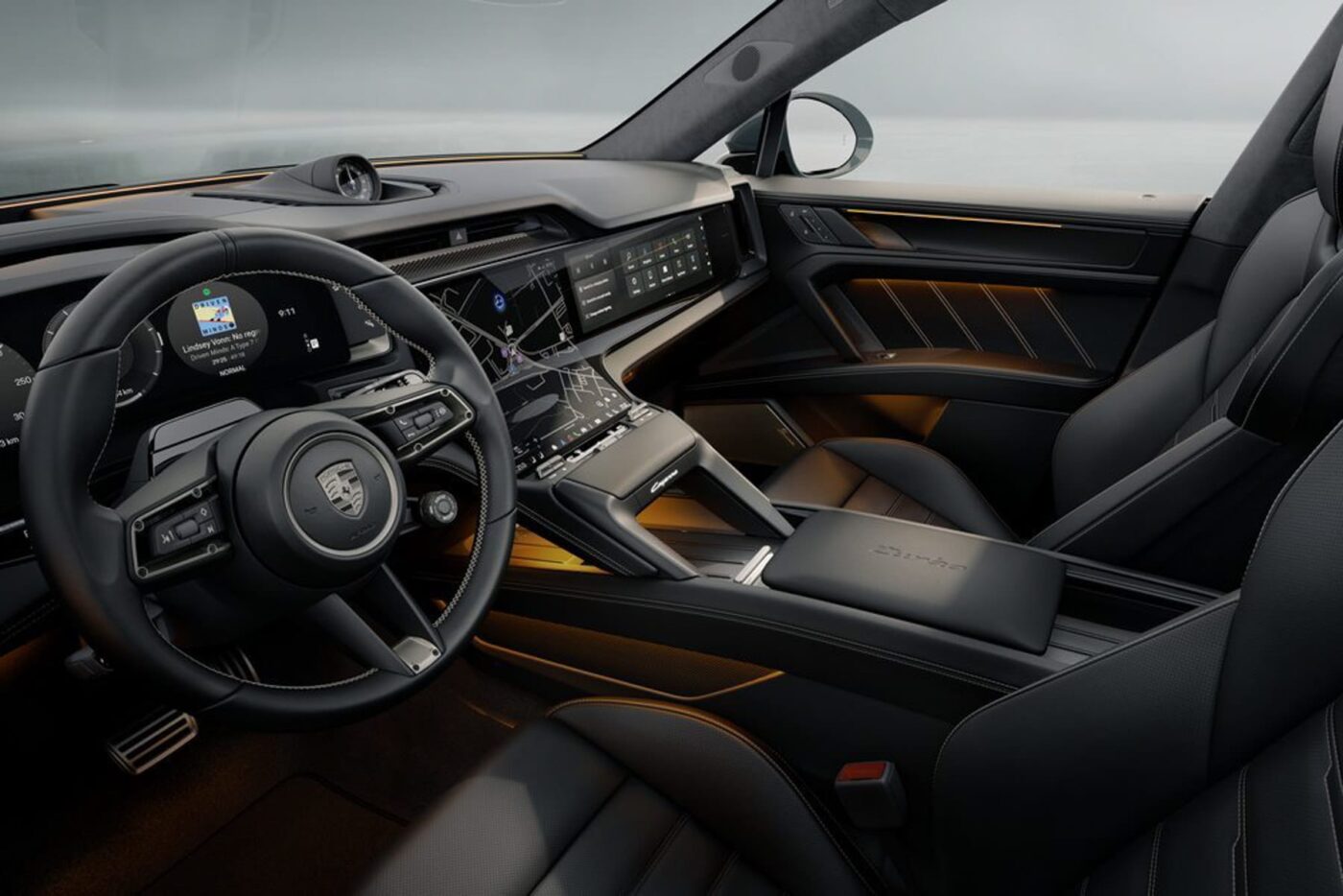
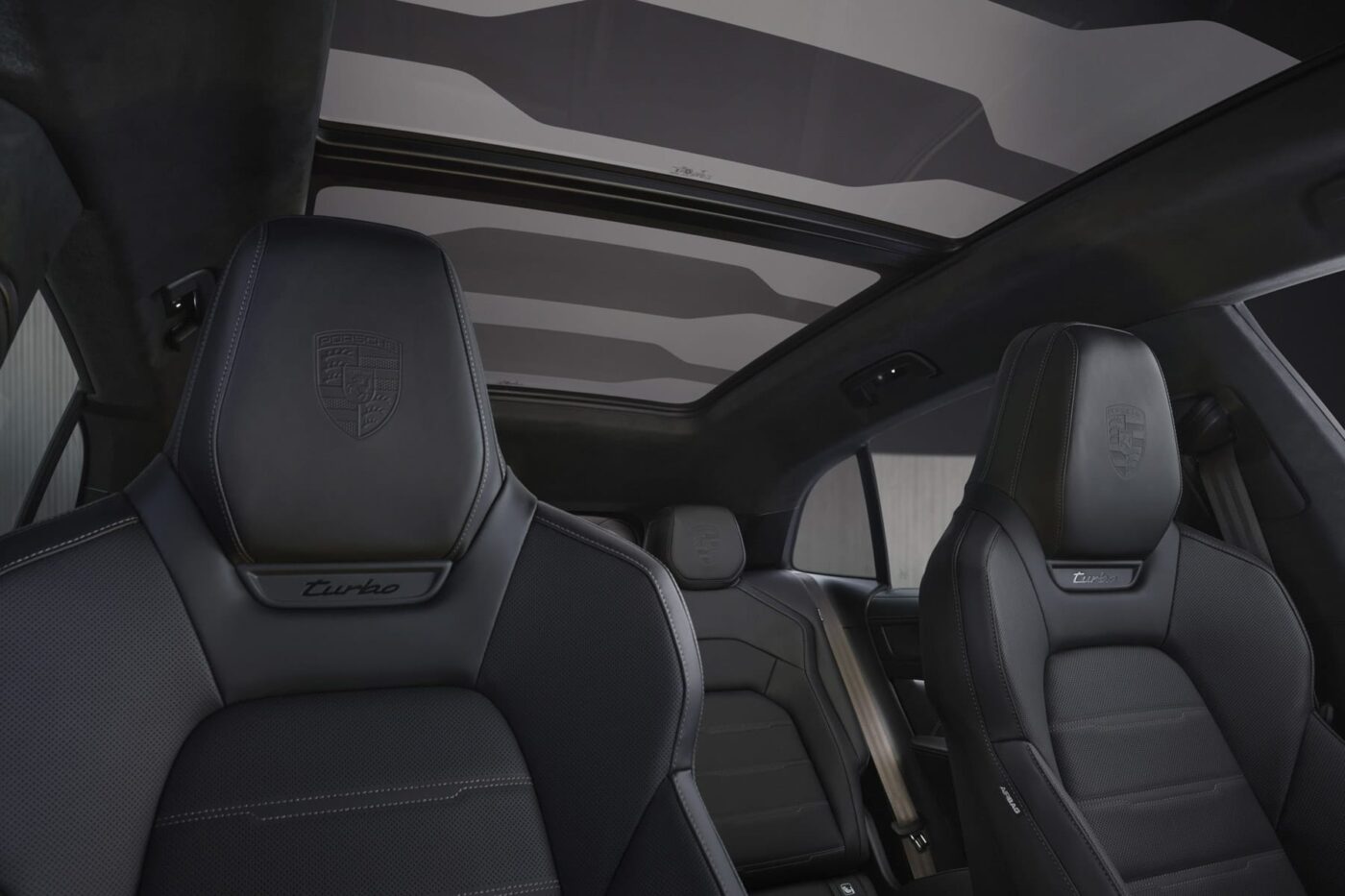
Speaking of the rear apron and bodywork: compared to the combustion-engine Cayenne, the new electric version is 5.5 centimetres longer at 4.99 metres. The wheelbase has even increased by 13 centimetres to 3.02 metres. This means that rear passengers in particular should have more space than ever before. The rear seats are also electrically adjustable ex works and can be flexibly adjusted between a comfort position and a cargo position for maximum load space.
The aerodynamics are also adjustable: the Porsche Active Aerodynamics (PAA) system adapts the aerodynamic properties “precisely to the respective driving situation and speed.” Movable cooling air flaps are installed in the lower front section, which open or close depending on the cooling requirements. The adaptive roof spoiler can also be adjusted. However, by far the most striking feature is the active ‘aeroblades’ on the Cayenne Turbo. These are located on the sides of the rear of the vehicle and can be extended and retracted. “They extend the side break lines and improve the flow characteristics, which leads to an increase in range, especially at higher speeds,” explains Porsche.
The base model does without these aeroblades and also has a slightly different front bumper design than the Turbo. The headlights and bonnet, on the other hand, are the same: Porsche has once again opted for one-piece headlights here. Recently, there has been a trend among car designers to use only LED daytime running lights as visually striking elements and to integrate the actual headlights more inconspicuously into the bumper. This is not the case with the Cayenne, which once again features classic headlights in the typical Porsche look. The rear is also immediately recognisable as a Porsche thanks to the continuous LED strip, but not necessarily as an electric model.
Prices start at €105,200
In terms of price, the two new electric models also fit rather inconspicuously into the Cayenne series – if you want to describe six-figure prices as inconspicuous. At €105,200, the Cayenne Electric is slightly more expensive than the basic combustion engine model (€101,500), but also delivers more than its 260 kW. And although the new Cayenne Turbo Electric is by far the most powerful Cayenne, it is not the most expensive: it can be ordered from €165,500, making it even cheaper than the Cayenne Turbo E-Hybrid plug-in hybrid. The latter costs at least €187,600.
“Inspiring customers is our top priority at Porsche. With the electrification of the Cayenne, we are achieving a new level of performance that sets standards for the future. At the same time, we will continue to develop the Cayenne with efficient combustion and hybrid drives well into the next decade,” says Matthias Becker, Member of the Executive Board, Sales and Marketing. “This strategy also applies to Porsche’s entire model portfolio: in every segment in which we are represented, customers will in future have the choice between fully electric and combustion engine drives.”
This article was first published by Sebastian Schaal for electrive’s German edition.

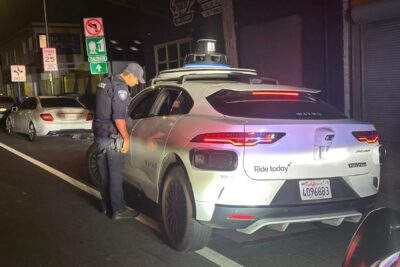

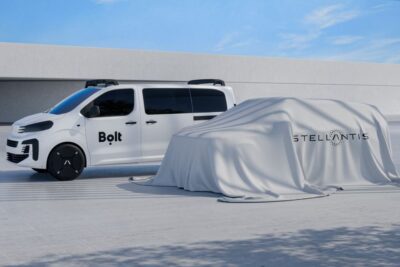
0 Comments